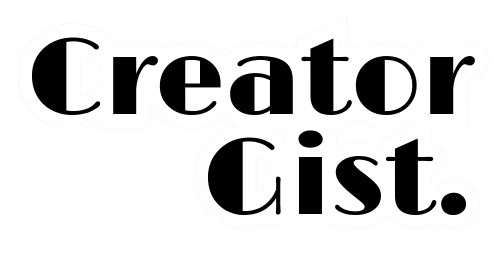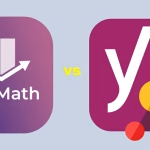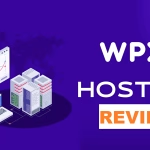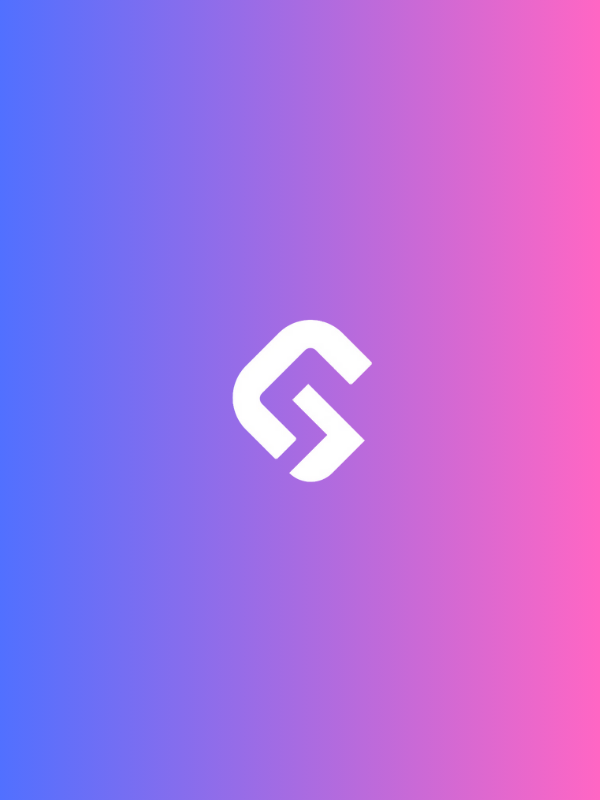In the world of content creation, distractions are the enemy. Whether you’re editing a video, designing graphics, or writing a script, staying focused is crucial to delivering high-quality work on time. Fortunately, Windows Focus Sessions offer a powerful tool to help content creators minimize distractions and maximize productivity.
In this practical guide, we’ll explore how to set up and use Windows Focus Sessions, integrate them with task management tools, and provide tips for maintaining focus during creative work.
What Are Windows Focus Sessions?
Windows Focus Sessions are a feature designed to help users stay productive by minimizing distractions. They are part of the Clock app in Windows and are inspired by the Pomodoro Technique. This time management method involves working in focused intervals (typically 25 minutes) followed by short breaks.
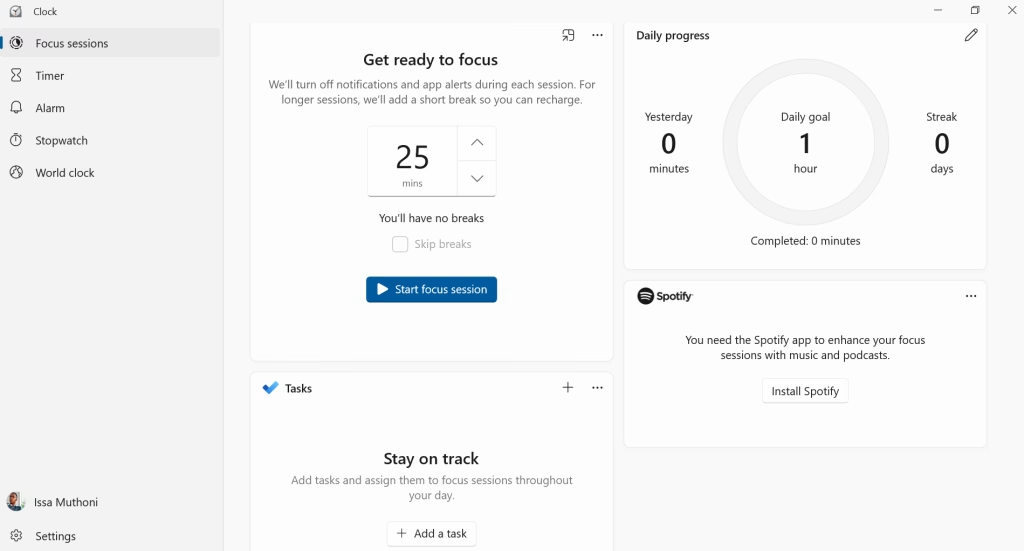
For content creators, Focus Sessions can be a game-changer. They help you:
- Stay on task: By blocking notifications and distractions.
- Manage time effectively: By breaking work into manageable chunks.
- Track progress: By logging completed tasks and sessions.
How to Set Up Focus Sessions in Windows
1: Open the Clock App
- Click on the Start menu and search for Clock.
- Open the Clock app and navigate to the Focus Sessions tab.
2: Configure Your Focus and Break Durations
- Click on Settings in the sidebar.
- Under Focus periods, set your desired work interval (e.g., 25 minutes) and break duration (e.g., 5 minutes).
- You can also enable Spotify integration to play background music during your Focus Sessions.
3: Enable Do Not Disturb
- Open Windows Settings (Windows + I).
- Go to System > Focus.
- Enable the following options:
- Hide badges on taskbar apps.
- Hide flashing on taskbar apps.
- Turn on Do Not Disturb during Focus Sessions.
4: Start a Focus Session
- Return to the Clock app and click Focus Session.
- Set the total duration of your work session (e.g., 2 hours).
- Click Start to begin your Focus Session.
Integrating Focus Sessions with Task Management
One of the most powerful features of Focus Sessions is their integration with Microsoft To-Do, a task management app. Here’s how to make the most of this integration:

1: Link Microsoft To-Do
- Open the Clock app and go to Focus Sessions.
- Click Connect to Microsoft To-Do.
- Sign in with your Microsoft account.
2: Add Tasks to Your Focus Session
- In the Focus Sessions tab, click Add Tasks.
- Select tasks from your Microsoft To-Do list to focus on during your session.
- As you complete tasks, check them off to track your progress.
3: Sync Across Devices
Microsoft To-Do syncs across all your devices, so you can manage your tasks on your phone, tablet, or another computer. This makes it easy to stay organized and focused, no matter where you are.
Tips for Maintaining Focus During Creative Work
While Focus Sessions are a great tool, staying productive also requires discipline and good habits. Here are some tips to help you maintain focus during creative work:
1. Create a Dedicated Workspace
- Set up a quiet, clutter-free workspace where you can focus without interruptions.
- Use noise-canceling headphones if you’re working in a noisy environment.
2. Prioritize Your Tasks
- Use Microsoft To-Do to prioritize your tasks for the day.
- Focus on high-priority tasks during your most productive hours.
3. Take Regular Breaks
- Follow the Pomodoro Technique by taking short breaks (5 minutes) after each Focus Session.
- Use your breaks to stretch, hydrate, or take a quick walk to refresh your mind.
4. Limit Multitasking
- Focus on one task at a time during your Focus Sessions.
- Avoid switching between tasks, as this can reduce productivity and increase mental fatigue.
5. Use Focus-Assisting Tools
- Enable Do Not Disturb to block notifications from apps and websites.
- Use browser extensions like StayFocusd to block distracting websites during work hours.
6. Track Your Progress
- Review your completed tasks and Focus Sessions at the end of the day.
- Use this data to identify patterns and improve your productivity over time.
Discover 10 Simple Steps to Become a Successful Content Creator in 2025
Advanced Tips for Content Creators
1. Customize Your Focus Sessions
- Adjust the duration of your Focus Sessions based on the type of work you’re doing. For example, use shorter sessions (15-20 minutes) for brainstorming and longer sessions (45-60 minutes) for editing or writing.
2. Use AI Tools to Enhance Productivity
- Leverage AI-powered tools like Windows Studio Effects and Live Captions to streamline your workflow.
- Explore third-party AI tools for tasks like video editing, image enhancement, and content generation.
3. Sync with Other Productivity Apps
- Integrate Focus Sessions with other productivity apps like Trello, Asana, or Notion to manage complex projects.
- Use automation tools like Zapier to sync tasks and deadlines across platforms.
4. Experiment with Background Music
- Use the Spotify integration in Focus Sessions to play background music that enhances your focus.
- Experiment with different genres, such as classical, lo-fi, or ambient music, to find what works best for you.
Common Challenges and How to Overcome Them
1. Procrastination
- Solution: Break large tasks into smaller, manageable steps and focus on completing one step at a time.
2. Distractions from Social Media
- Solution: Use browser extensions or apps to block access to social media during Focus Sessions. These tools include: Get StayFocusd, Cold Turkey Blocker, LeechBlock NG and RescueTime among others.
3. Mental Fatigue
- Solution: Take regular breaks and practice mindfulness techniques like deep breathing or meditation.
4. Overwhelming Workload
- Solution: Prioritize tasks and delegate when possible. Use Focus Sessions to tackle one task at a time.
Parting Shot
For content creators, staying focused is essential to producing high-quality work efficiently. Windows Focus Sessions provide a simple yet powerful way to minimize distractions, manage your time, and track your progress.
By integrating Focus Sessions with task management tools like Microsoft To-Do and following the tips outlined in this guide, you can unlock your creative potential and achieve your goals.
Whether you’re editing a video, designing graphics, or writing a script, Focus Sessions can help you stay on track and make the most of your time. So, set up your first Focus Session today and experience the difference it can make in your creative workflow.
Key Takeaways
- Focus Sessions help content creators minimize distractions and stay productive.
- Integrate Focus Sessions with Microsoft To-Do for effective task management.
- Use Do Not Disturb and Spotify integration to enhance your Focus Sessions.
- Follow tips like creating a dedicated workspace and taking regular breaks to maintain focus.
- Experiment with AI tools and productivity apps to streamline your workflow.
By incorporating Focus Sessions into your daily routine, you can take control of your time, boost your productivity, and bring your creative vision to life.
Discover 10 Simple Steps to Become a Successful Content Creator in 2025
FAQS
1. What exactly is Windows Focus Sessions and how does it work?
Windows Focus Sessions is a built-in productivity tool in Windows 11 that combines focus timers with Spotify integration and Microsoft To-Do tasks.
It works by blocking distracting notifications and setting dedicated time blocks for deep work, typically ranging from 30 to 240 minutes, while tracking your daily progress and focus streaks.
2. Can I customize the length of Focus Sessions in Windows 11?
Yes, you can customize Focus Sessions from 30 minutes up to 4 hours. The default options are 30, 45, 60, 90, 120, 180, and 240 minutes, letting you choose the duration that best matches your work style and task requirements. You can also set shorter 5-minute breaks between sessions.
3. Does Windows Focus Sessions work with other music apps besides Spotify?
Currently, Windows Focus Sessions only officially integrates with Spotify. However, you can manually play music from other services like YouTube Music or Apple Music in the background while using Focus Sessions, though you won’t get the seamless integration and suggested focus playlists that come with Spotify.
4. Will I miss important notifications when using Focus Sessions?
No, you won’t miss critical notifications. While Focus Sessions blocks most alerts, you can customize priority notifications to break through. Emergency contacts, calendar reminders, and other vital notifications can be set to appear even during active sessions.
5. How does Focus Sessions differ from Do Not Disturb mode?
Focus Sessions is more comprehensive than Do Not Disturb. While both block notifications, Focus Sessions adds productivity features like progress tracking, break reminders, daily goals, Microsoft To-Do integration, and focus music through Spotify – making it a complete productivity system rather than just a notification blocker.
6. Can I track my productivity trends with Windows Focus Sessions?
Yes, Focus Sessions provides detailed insights into your productivity patterns. You can view daily focus time, completed sessions, focus streaks, and progress toward daily goals. The system also generates weekly reports showing your most productive days and times.
7. Does Windows Focus Sessions drain battery life?
No, Focus Sessions has minimal impact on battery life. Since it’s a native Windows 11 feature optimized for the operating system, it uses very little system resources. Even with Spotify integration enabled, the battery impact is negligible compared to regular computer use.
8. Can I use Focus Sessions across multiple Windows devices?
Yes, your Focus Sessions settings and progress sync across all Windows 11 devices signed in with the same Microsoft account. This means you can start a session on your desktop and continue it on your laptop without losing tracking or settings.
9. Is Windows Focus Sessions available on Windows 10?
Yes, Focus Sessions is available on Windows 11 through the Clock app. Windows 10 users can achieve more results by combining Do Not Disturb mode with third-party focus timer apps, but they won’t get the integrated experience that Windows 11 Focus Sessions provides.
10. How do I fix Focus Sessions if it’s not working properly?
If Focus Sessions isn’t working correctly, first ensure your Windows 11 is up to date. Try resetting the Clock app in Windows Settings > Apps > Installed Apps > Clock > Advanced Options > Reset. If problems persist, check if your Microsoft account is properly synced and restart your computer. These steps resolve most common issues.
